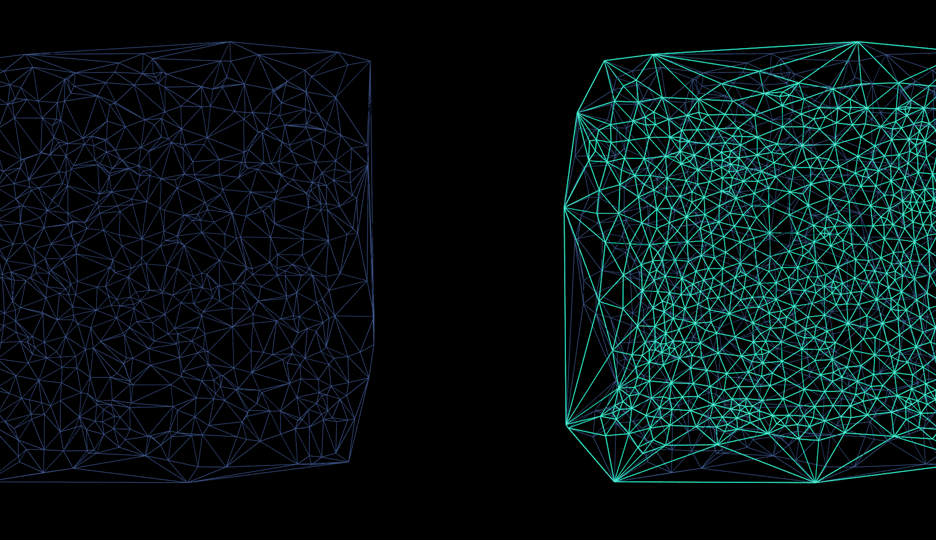Endpoints of the input Edges
Edges associated with the input Vtxs
Endpoints of the output Edges
Edges associated with the output Vtxs
Related
Table of content
The relax point node smoothes cluster’ topology by iteratively applying a given relaxation algorithm.

Properties
| Property | Description |
|---|---|
| Settings | |
| Iterations | The number of time to additively apply the relaxing algorithm. Each iteration uses the previous’ iteration results. |
| Relaxing | This property lets you select which kind of relaxing you want to apply to the input clusters. Specifics of the instanced module will be available under its inner Settings section. See . |
| Influence | |
| Influence | Interpolate between the original position and the final, relaxed position. - 1.0 means fully relaxed- 0.0 means the original position is preserved. |
| Local Influence | If enabled, will use a per-point attribute value as Influence. |
| Progressive Influence | Switchs betweeen factoring the influence after each per-iteration (progressive) or once all iterations have been processed. This yields vastly different results, so don’t hesite to try it. |
Influence Settings
| Property | Description |
|---|---|
| Settings | |
| Influence | Interpolate between the original position and the final, relaxed position. - 1.0 means fully relaxed- 0.0 means the original position is preserved. |
| Local Influence | When enabled, this allows you to use a per-point influence value. This is especially useful for “pinning” specific points. |
| Progressive Influence | When enabled, Influence is applied between each iteration, instead of once after all iterations have been processed.This is more expensive but yield more good looking results, especially with non-uniform local influence. |
Note that while the default
Influenceis clamped, the local influence is purposefully not clamped, allowing for undershooting or overshooting the influence’ interpolation between the relaxed and original position. Use carefully.